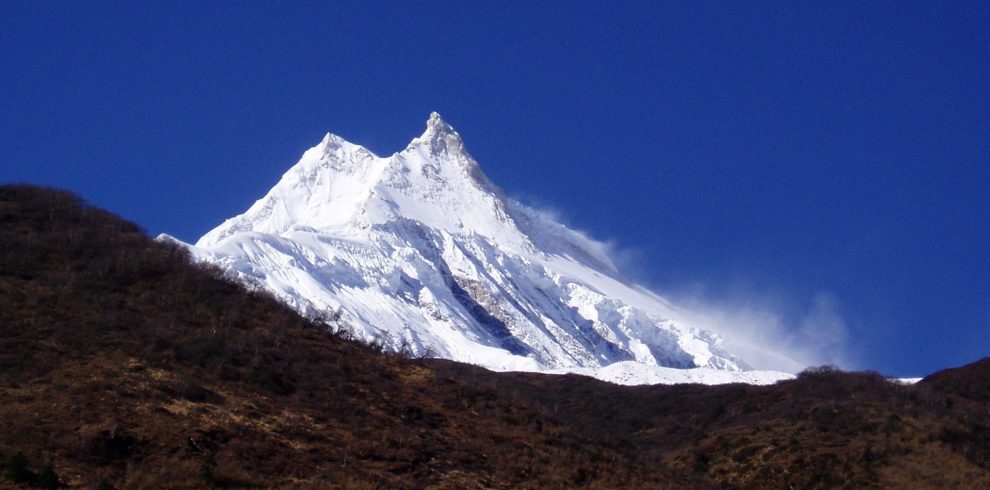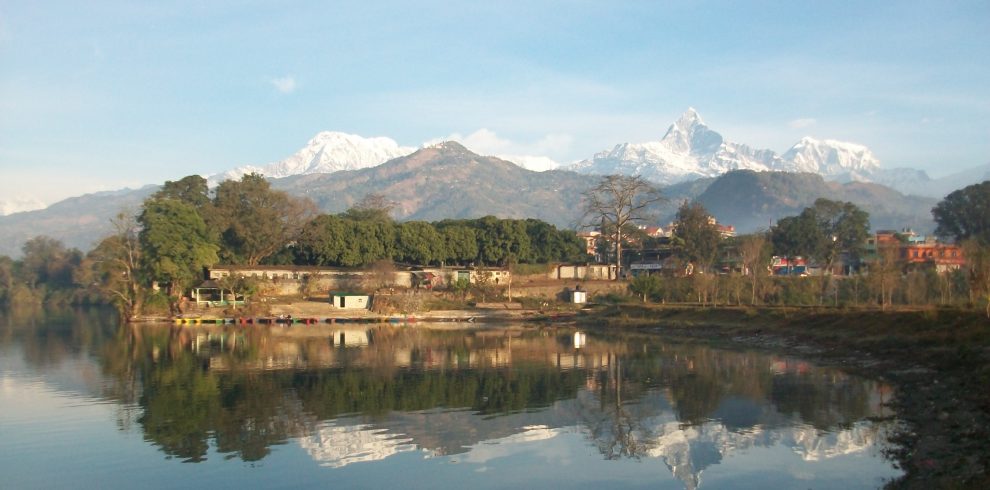Kumari Jatra began as an addition to Indra Jatra when the Malla dynasty included two ceremonies (pulling the chariot of living goddess Kumari and dancing of Lakhes) to the festival. Kumari means “ a female virgin” in Nepali. The worshipping of Kumari is thus symbolic of the worshipping the purity and sacredness of chaste women.
There are several legends related to the origin of this festival. According to the most popular legend, a Malla king once looked at goddess Taleju wantonly while playing the game of dice. This offended the goddess and she told the king that she would disappear and come back as a virgin girl and the king would have to search for her. Years later, the Malla king saw a young girl laughing at him while he was traveling somewhere, and later he realized that the young girl in fact was the goddess Taleju. Thus began the celebration of Kumari Jatra.
According to another legend, King Jaya Prakash Malla went to goddess Guheswori and prayed for her to give his kingdom after his own son had snatched it from him.
The goddess happy with his offerings and prayers, blessed him by giving him a special sword called Khadga-siddhi. With the help of this sword, the king was able to get back his kingdom. Thus to honor the Goddess Guheswori (who is a different form of Goddess Kumari) for this act, King Jaya Prakash Malla added a Kumari’s chariot-pulling event to Indra Jatra.
Combined with Indra Jatra, this is a 8-day festival, which generally falls in late August and sometimes in early September. This is also the season when it is the most ideal time to visit Nepal since it is autumn season and the weather is likely to be just right. Also the skies will be clear most of the day, giving you plenty of opportunities to grab spectacular views of the faraway mountain ranges.
Overview
Things you are likely to be engaged in if you participate in this festival:
- Observe the chariot procession of living goddess Kumari
- Observe a spectacular Lakhe (demon) dance
- Eat a special, traditional Newari food called “Samya Baji”
- Participate in various pole-pulling events
- Exhibition of Bhairava’s masks
- Butter lamps offering to deceased relatives and loved ones.





Write a Review
You must be logged in to post a comment.